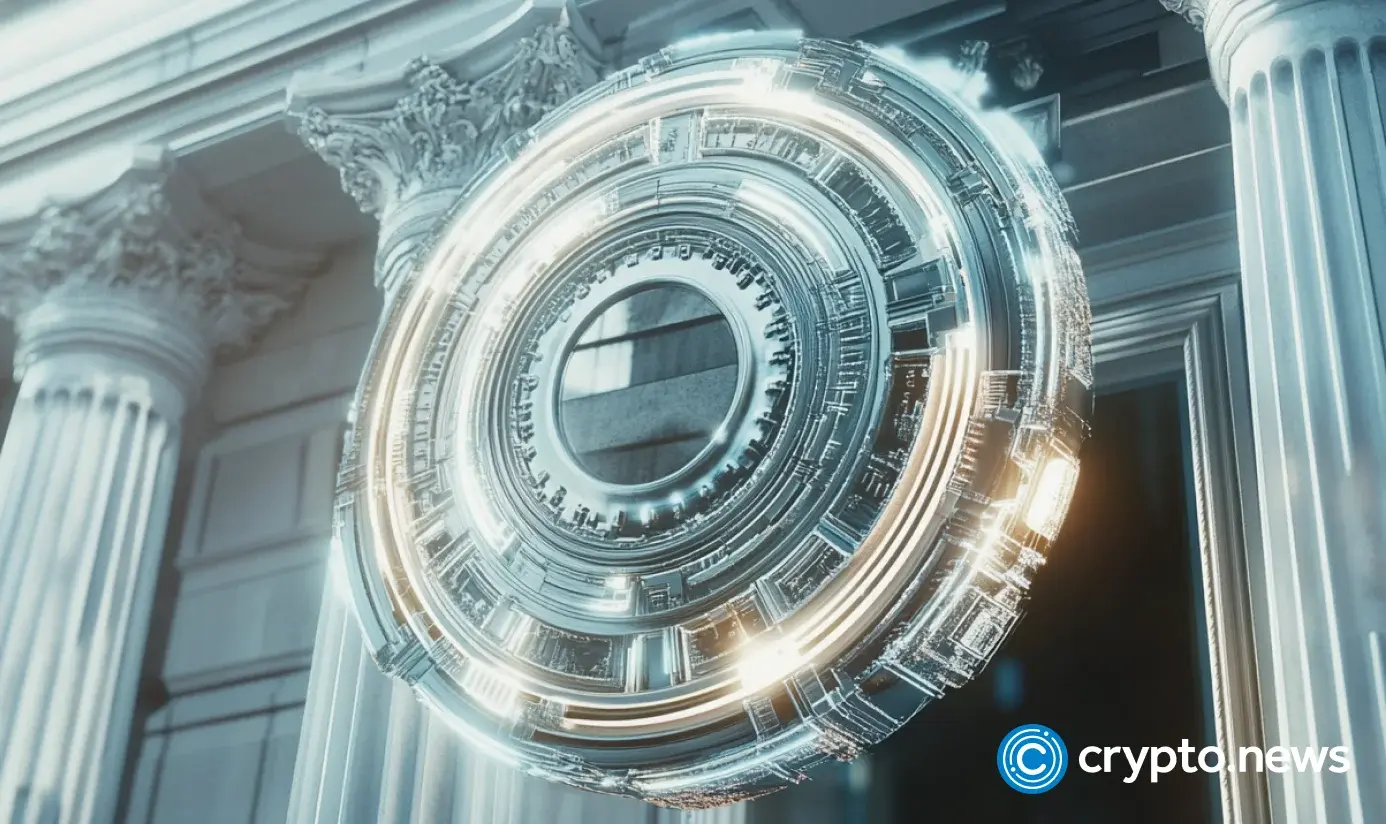S$6.8M for a single Pokemon card? Inside the billion-dollar TCG obsession.
Childhood nostalgia has become serious business S$6.8 million can fetch you a lot of things. A landed property in Singapore, a fleet of supercars, or even a small private yacht wouldn’t be out of reach. But some people are...

Childhood nostalgia has become serious business
S$6.8 million can fetch you a lot of things. A landed property in Singapore, a fleet of supercars, or even a small private yacht wouldn’t be out of reach.
But some people are willing to splash that kind of cash on a single Pokemon card.
In 2022, influencer Logan Paul spent that exact sum to get his hands on the holy grail of Pokemon collectibles—the Pikachu Illustrator card. With only 39 copies ever made, it’s widely considered the rarest and most valuable Pokemon card in existence.
Of course, a card like this doesn’t just get slipped into a binder. It arrived encased in a protective slab, standard practice for serious collectors looking to authenticate and preserve their prized cards. Grading companies like Professional Sports Authenticator (PSA) assess everything from centering and edges to surface quality, giving cards a score that can make or break their value.
 Image Credit: Logan Paul
Image Credit: Logan PaulLogan Paul’s Illustrator card received a PSA 10 rating, meaning it was in absolutely pristine, mint condition—as close to perfect as a 27-year-old card can get. He paid even more to keep his rare Pokémon card safe, shelling out S$10,200 for a chain and case, decked out in diamonds and gold.
Absurd? Maybe. But for people in the trading card game (TCG) world, it’s serious business—collecting cards have evolved far beyond just a childhood pastime.
The new digital gold
 Image Credit: Francesko221/ Shutterstock.com
Image Credit: Francesko221/ Shutterstock.comPokemon is just one of the many TCGs out there—Yu-Gi-Oh!, Magic: The Gathering, One Piece, and others have their own devoted fanbases. But Pokemon stands in a league of its own: as of Mar 2025, over 75 billion cards have been sold, making it the best-selling trading card game of all time.
It’s always had a hardcore base of fans, but demand exploded during the COVID-19 pandemic. Stuck at home, nostalgia hit hard, and suddenly everyone was dusting off their childhood decks—and in the process, realised that these cardboard pieces could actually make them serious money.
Almost overnight, Pokemon cards snowballed into a global phenomenon. Above being mere collectibles, they became the new digital gold. Auctions routinely hit eye-watering sums, and if you’re wondering about the numbers: some Pokemon cards have had a more than 3,000% return on investment since 2004.
Here in Singapore, the hype is just as real. New Pokemon card launches regularly draw crowds in the hundreds, forming lines that stretch for hours.
 Earlier this year at Jewel Changi Airport, the scene at Pokemon Centre Singapore descended into full-blown chaos for the launch of the Prismatic Evolutions card series. Fans had been camping out for hours—some even overnight—only for the store to cancel the launch just 30 minutes before it was supposed to start, citing safety concerns as the crowds became unmanageable. Image Credit: Changkit/ Pokemon Centre Singapore
Earlier this year at Jewel Changi Airport, the scene at Pokemon Centre Singapore descended into full-blown chaos for the launch of the Prismatic Evolutions card series. Fans had been camping out for hours—some even overnight—only for the store to cancel the launch just 30 minutes before it was supposed to start, citing safety concerns as the crowds became unmanageable. Image Credit: Changkit/ Pokemon Centre SingaporeBeyond card stores, conventions are the lifeblood of the TCG community. They happen almost weekly, drawing collectors from across the island and sometimes the region.
Walking into one of these for the first time, I have to admit that I felt a little out of place, not having been part of the scene before. Everyone seemed to move with purpose—to complete their sets, hunt rare cards, or brokering trades that could be worth hundreds or even thousands of dollars.
And then there was the sheer scale of it all. At card convention Collexicon which took place on Sept 14, founder Fabian Tong told me the crowd hit somewhere between 12,000 and 15,000 people.

Snaking lines twisted around booths stacked high with PSA-graded cards, limited edition releases, and booster packs. People huddled in corners negotiating trades, and conversations oscillated between nostalgia-fuelled debates about favourite Pokemons, and cold, hard discussions about market value.
From the outside, it looked like madness. Grown adults queuing for bits of shiny cardboard. But standing there, I kind of got it. When you see how much some of these cards can fetch, the obsession suddenly feels less childish and more… strategic.
At the same time, I couldn’t shake the feeling that I’d seen this movie before. It was the same energy as the NFT and crypto booms—the hype, the scarcity, the fear of missing out. And if history has taught us anything, frenzies like these don’t last forever. They always come crashing down.
The beginning of the end?
When I spoke to Fabian, he shared that while turnout has been continuously growing at Collexicon’s conventions, the investment-driven frenzy for TCGs has cooled.
“During the pandemic, speculative activity drove unprecedented demand and prices. At the height of the surge, grading services and rare card showcases were in extremely high demand. Today, the intensity has normalised, but these activities remain integral,” he said.
Other vendors in the scene have noticed a similar shift. Many of them aren’t traditional business owners to begin with, they’re long-time collectors or players who stumbled into vending recently, turning their passion into a side hustle—it’s something they already love, so why not make money off it while they can?
Clement, the 38-year-old co-founder of The Pokemon Guys, is one of them. He started collecting as a hobby in his younger days, then came back in 2016 and began livestreaming his card hunts.
By day, he works in logistics and shipping, often flying to the US. It was there that he connected with TCG shops and suppliers, sparking the idea to start his own business and ship cards back to Singapore.
 The Pokemon Guys has a store in Ubi./ Image Credit: The Pokemon Guys
The Pokemon Guys has a store in Ubi./ Image Credit: The Pokemon GuysNow, The Pokemon Guys is a physical shop where enthusiasts can gather to play their beloved decks, while also directly supplying sealed card packs to players and other shops—one recent order saw another store purchase S$50,000 worth of goods. When asked if this trend would last, Clement was candid: the market will always fluctuate, up and down.
Willy, 30, co-founder of fellow TCG retailer Capybara Cards, shares a similar story. He ran a full-time job before quitting to open his own shop a year ago, turning his hobby into a livelihood. In the last year, he’s already seen the hype die down, especially among casual entrants chasing trends.
When the surge was at its peak, everyone was jumping in, even those who “didn’t know the first thing about card games or collecting.” Shops were also popping up everywhere. But now, he views, the trend has cooled, and the market is saturated with too many vendors.
Even so, investors haven’t vanished entirely. Prices remain lucrative, especially for Pokemon, and a marketing rep from Concept Grading told me they’re likely to stick around—unless Pokemon suddenly floods the market with new supply.
Some investors will leave with the hype, sure, but many stay driven by a simple profit incentive: if the cards can still make money, why step away?
Beyond the profits
Investors may come and go, chasing the next big return. But at the end of the day, it’s the players and collectors—the heart of the community—who keep the TCG scene alive. They’re the ones trading, battling, and completing sets for the love of the game, not for profit margins.
 Image Credit: Red Mora
Image Credit: Red MoraRed Mora, 35, who handles operations for a luxury car brand and cafe in Singapore, has been part of the Pokemon world since he was nine.
“I started very young when the English version of Pokemon TCG came out in 1999,” he recalled. His first card was a first edition Machamp Holographic from the Starter Deck, a tangible piece of his childhood fandom for the Pokémon TV series.
Now back in collecting after a brief hiatus during his university years, Red’s focus is on Charizard cards—he’s tracked down 105 variants across English and Japanese sets—and occasionally hunts vintage cards for the nostalgia and the artwork.
Red doesn’t collect for profit. “I’ve spent about S$6,000 since 1999, and my collection now is probably worth S$13,000–S$15,000. But I don’t care about grading or slabs. I like to touch the cards, feel their texture, see the shine without a plastic case. It’s about the joy of collecting, not the value.”
From time to time, though, he admits considering the value of his collection. “Then I always go and ask myself if and will I ever try to sell off my collection to get good money back? Each day, the answer is still no.”
“Call it too cliche or sentimental, but I would love the feeling to be remembered by people around me as a true and loyal collector with a story for each card on where and how I got it decades ago.”
And it’s with people like Red that the true spirit of Pokemon endures—the ones who cherish each card for its story, its artwork, and its place in their memories.
The main point of Pokemon was to have fun. Beyond the market fluctuations and soaring prices, it’s the joy of opening a pack, the thrill of finally completing a set, and the shared excitement with friends that give the hobby its heart.
It isn’t the money that keeps it alive. TCGs may fluctuate in value, but for Red and countless others, every card holds a memory: mornings spent flipping through decks, afternoons at school battling friends, and the quiet pride of holding a card that once meant the world.
Featured Image Credit: Red Mora/ Concept Grading

 Konoly
Konoly 



















![The 2026 AI Search Benchmark Every SEO Leader Needs [Webinar] via @sejournal, @lorenbaker](https://www.searchenginejournal.com/wp-content/uploads/2025/11/1-259.png)










.jpg&h=630&w=1200&q=100&v=ebcc31501f&c=1)

